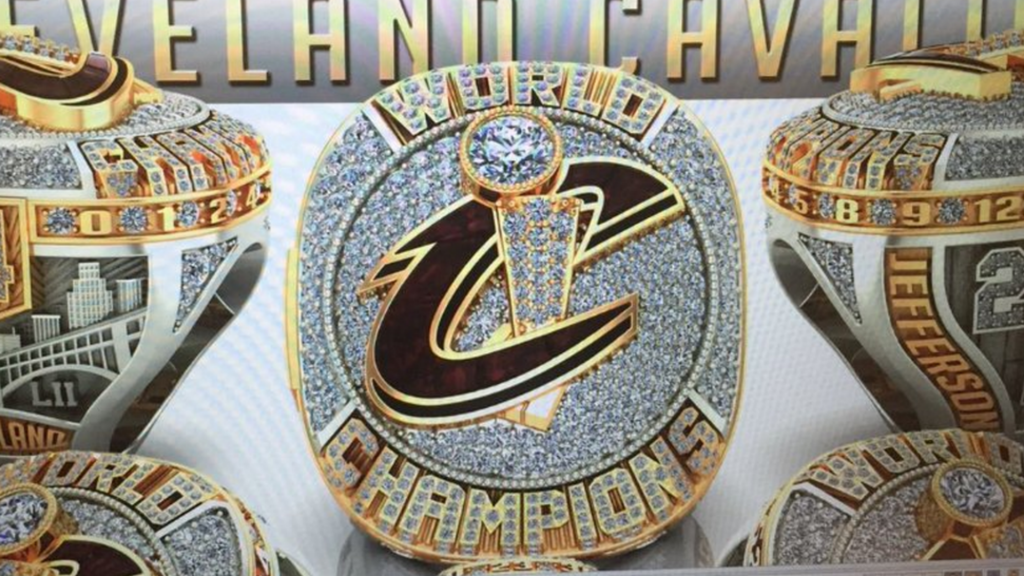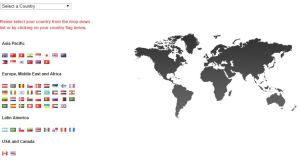 A couple of year’s ago I wrote a super bowl-edition blog entitled “Give Your Partners Your Playbook.” Since that time, I’ve changed my stance on this topic. Sure, you can call me a flip-flopper, but the fact is that advances in technology have changed the landscape of channel engagement.
A couple of year’s ago I wrote a super bowl-edition blog entitled “Give Your Partners Your Playbook.” Since that time, I’ve changed my stance on this topic. Sure, you can call me a flip-flopper, but the fact is that advances in technology have changed the landscape of channel engagement.
Consider this: depending on their formations, personnel, and different variations of each play, the average NFL offense can have upwards of 500 plays in their playbook. Now, this isn’t an insurmountable number, and players can certainly master each of these plays, but it takes lots of mental preparedness and studying in order to become an effective offensive player.
If it’s difficult for an employee that gets paid millions of dollars to learn a playbook, think about your partner’s salespeople who have multiple playbooks to consider. Your playbook today is most likely your partner portal. Yep, just about every case study, sales tool, and resources one would ever need is in your partner portal. It’s good that your partner salespeople and sales engineers have access to the playbook, but don’t expect them to know it or even be able to navigate it.
Don’t give them the playbook, give them the “game plan.” By only giving them the overarching game plan, the likelihood of them actually absorbing the “plays” and strategy increase ten-fold.
Over the last 5 years, the industry channel organizations has been spending time, money, and resources on answering the question, “How can we be more efficient with our communication and become easier to work with?” As an industry, we’ve been successful with implementing Partner Portals, Learning Management Systems, Partner Relationship Management Systems, etc. These have been positive, even necessary steps for industry growth. But now, with the foundation of all these past investments in place, we need to transition from simply giving our partner sales and sales engineers “access” to these resources, to actually leveraging these systems and enabling these people so that they become more comfortable, compliant, and successful in growing their businesses while selling our products.
 This can be achieved by shining a spotlight on the five important channel behaviors that can transform into eventual sales. This spotlight is your channel engagement platform. A channel engagement portal blankets over all your channel resources and makes it easy for your partner’s people to identify the top 5 key plays (behaviors) that lead to sales. Those plays might include: certification trainings, viewing a new product launch video, downloading a new case study, reading a recent favorable Gartner report, setting a meeting with the regional business development manager, a new account introduction, or whatever else we know continues to move the sticks for fresh set of down.
This can be achieved by shining a spotlight on the five important channel behaviors that can transform into eventual sales. This spotlight is your channel engagement platform. A channel engagement portal blankets over all your channel resources and makes it easy for your partner’s people to identify the top 5 key plays (behaviors) that lead to sales. Those plays might include: certification trainings, viewing a new product launch video, downloading a new case study, reading a recent favorable Gartner report, setting a meeting with the regional business development manager, a new account introduction, or whatever else we know continues to move the sticks for fresh set of down.
“But Travis, can these things/behaviors be tracked and measured?” Absolutely! And we if they are “good” and should be measured, then they also need to be rewarded with incentives.
So don’t overload your Partners with 500 different plays to choose from—give them your five best that can be run utilized successfully again and again and again.
As always, send me a note if you’d like to discuss or talk through some of these ideas together. And feel free to join in on this conversation at Move the Channel Group, your exclusive destination for Channel insights and innovation.
Move the Channel,
 About the Author: Travis Smith is the CEO & Founder of Move the Channel, a worldwide network and community of channel marketing & sales Chiefs and channel thought leaders. He also is a leader at HMI Performance Incentives, a channel engagement, and incentive company focused on Technology Channel Incentive Strategies. Travis helps some of the most respected companies in the world design, implement, and manage their domestic and global channel incentive programs.
About the Author: Travis Smith is the CEO & Founder of Move the Channel, a worldwide network and community of channel marketing & sales Chiefs and channel thought leaders. He also is a leader at HMI Performance Incentives, a channel engagement, and incentive company focused on Technology Channel Incentive Strategies. Travis helps some of the most respected companies in the world design, implement, and manage their domestic and global channel incentive programs.


 Fun was had by all and great job by my long time family friend,
Fun was had by all and great job by my long time family friend, 
 focus ALL of your energy not on fighting the old, but on building the new. – Socrates
focus ALL of your energy not on fighting the old, but on building the new. – Socrates






 ‘Tis the season for the BIG Q4 Push! The time has finally come to reap the fruit of all the hard work and planning undertaken in the past year. The pressure is high to bring in as many deals as possible before the EOY, with many a bonus depending on it. Without fail, companies are trying to find that next gear to help them finish the year on a high note. But after developing your business model and making investments to achieve the aggressive growth goals set by your company and stakeholders, are you rolling out a BIG year-end Promotion Dud?
‘Tis the season for the BIG Q4 Push! The time has finally come to reap the fruit of all the hard work and planning undertaken in the past year. The pressure is high to bring in as many deals as possible before the EOY, with many a bonus depending on it. Without fail, companies are trying to find that next gear to help them finish the year on a high note. But after developing your business model and making investments to achieve the aggressive growth goals set by your company and stakeholders, are you rolling out a BIG year-end Promotion Dud?









